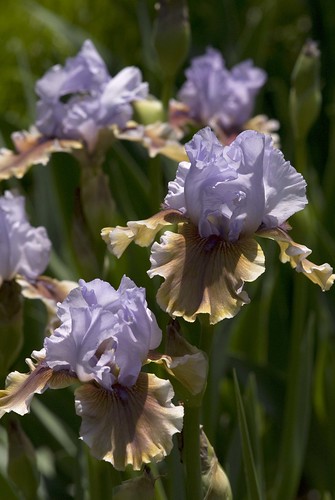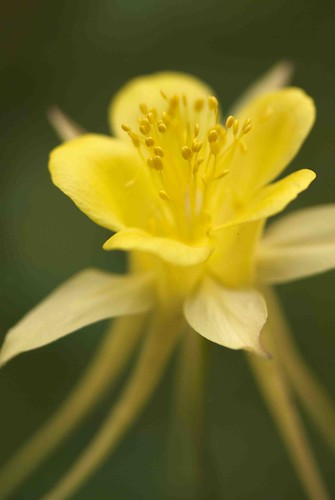Tip of the Week: An Index to the Meaning of Flowers
Posted in Emily Dickinson, Exhibitions, Gardening Tips on May 10 2010, by Sonia Uyterhoeven
 |
Sonia Uyterhoeven is Gardener for Public Education. Join her each weekend for home gardening demonstrations on a variety of topics in the Home Gardening Center. |
 Last week in my blog we explored the history of the language of flowers. Today we’ll look at part of a floral index Emily Dickinson had access to. It is just a sampling of what a 19th-century index of flowers and their meanings would contain, but it is enough to get you started on learning the meanings of some common flowers.
Last week in my blog we explored the history of the language of flowers. Today we’ll look at part of a floral index Emily Dickinson had access to. It is just a sampling of what a 19th-century index of flowers and their meanings would contain, but it is enough to get you started on learning the meanings of some common flowers.
Many floral dictionaries were published in the United States in the late 18th and early 19th centuries. Some were simple indexes. Others were adorned with beautiful images of flowers and supplemented with literary extracts ranging from the works of Milton and Shakespeare to popular verse.
Emily Dickinson’s source for the language of flowers was more scholarly. She owned Almira H. Lincoln Phelps’ Familiar Lectures on Botany: Explaining the Structure, Classification, and Uses of Plants, with a Flora for Practical Botanists. This book contains a section titled “Symbolical Language of Flowers,” in which Phelps explains that “besides the scientific relations which are to be observed in plants, flowers may also be regarded as emblematical of the affections of the heart and qualities of the intellect.”

